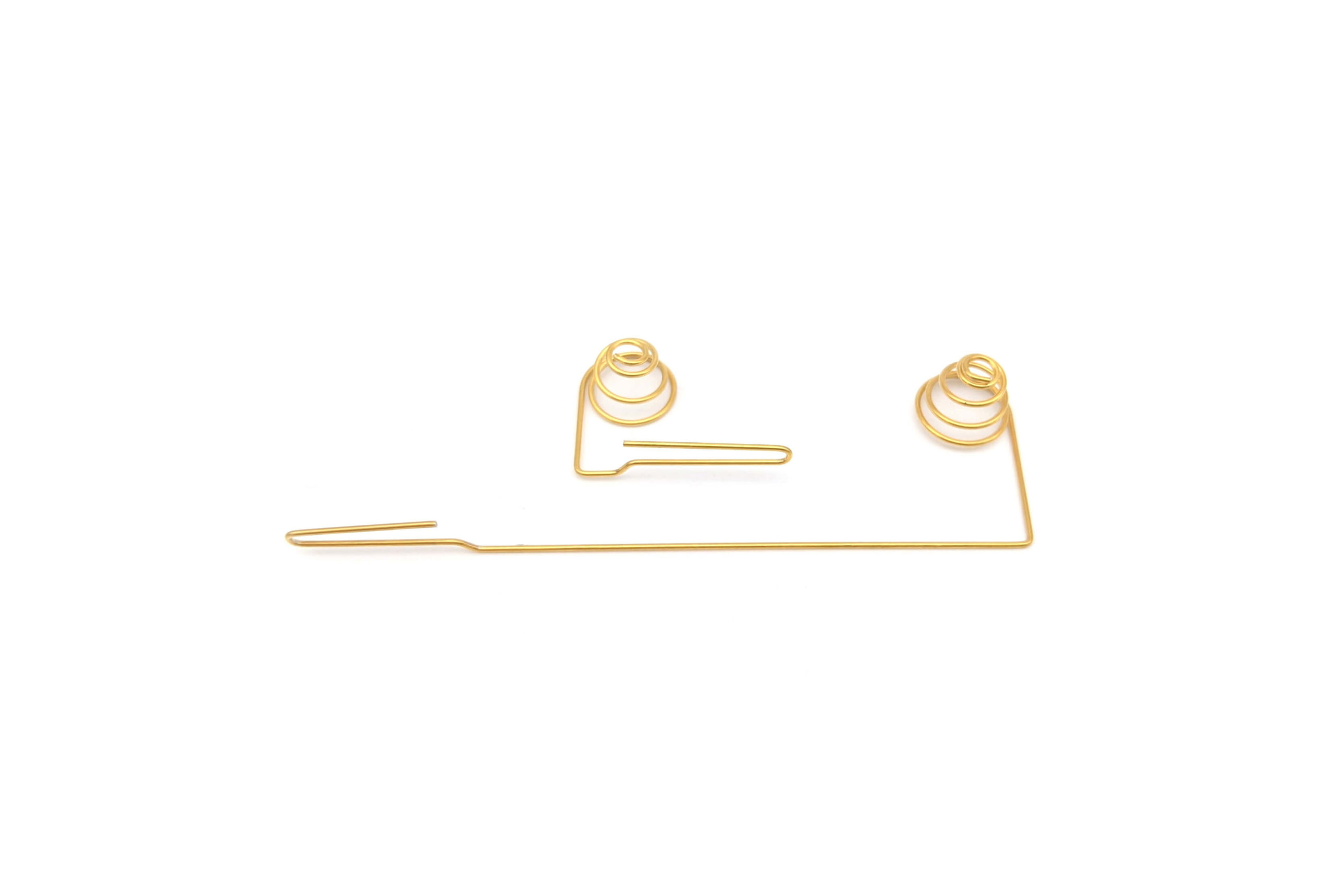Get unique, complex parts easily. No matter your requirements, Chaoyi Spring creates hard-to-produce coil springs and wire forms.
Let us help you create the custom wire form you need, from S-hooks and J-hooks to utility hooks and more.
We work closely with customers across a wide range of industries, helping them design and manufacture made-to-order parts.
Why choose Chaoyi Spring? We prioritize customer-focused collaboration, modern equipment and the latest technology to make your parts per print.
Find the information and guidance you need, from measuring a spring to learning about materials, placing an order and much more.
When it comes to garage door springs, you have two main choices: torsion springs and tension springs. Both have their pros and cons, and understanding the differences can help you


When it comes to garage door springs, you have two main choices: torsion springs and tension springs. Both have their pros and cons, and understanding the differences can help you make the best decision for your garage door. This article will delve into the world of garage door springs, exploring the characteristics, advantages, and disadvantages of each type to guide you in selecting the perfect spring for your needs.

Torsion springs are the most common type of garage door spring. They are located above the garage door, parallel to the track. Torsion springs work by twisting and unwinding to lift and lower the garage door.
The main advantage of torsion springs is that they are incredibly powerful. They can easily lift heavy garage doors with minimal effort. Torsion springs also provide a smooth, quiet operation. However, it's crucial to remember that torsion springs are under a great deal of tension and can be dangerous if handled improperly. It's always recommended to seek professional assistance for installation and maintenance of torsion springs.
Tension springs, on the other hand, are located on the sides of the garage door. They function by stretching and contracting as the door moves. Tension springs are generally cheaper than torsion springs, and they are often easier to install.
However, tension springs have a few disadvantages. They are not as powerful as torsion springs, and they can be more prone to wear and tear. Tension springs also require more maintenance than torsion springs.
So, which type of spring is right for you? It depends on a few factors, including the weight of your garage door, the size of your garage, and your budget.
If you have a heavy garage door or a large garage, torsion springs are the better choice. They are more powerful and will provide a smoother, quieter operation. If you have a smaller garage and a lighter door, tension springs might be sufficient and more budget-friendly.
Regardless of your choice, always remember that garage door springs are under immense pressure and can be very dangerous. It's essential to seek professional help from a qualified garage door technician for installation, repair, and replacement of springs. They have the knowledge, experience, and tools to ensure the job is done safely and correctly.
By understanding the differences between torsion springs and tension springs, you can make an informed decision about which is best for your garage door. Remember, prioritize safety and always seek professional help when working with garage door springs. This will ensure your garage door functions smoothly and safely for years to come.
Browse some of the custom wire forms and springs that we manufacture. Don’t see what you need? We specialize in made-to-order products that meet your application requirements.
Visit Our GalleryNeed a custom wire form or coil spring? We make it work. Fill out the contact form and a representative will respond within 1 business day. If you have a PDF or CAD file, you can submit to request a quote.